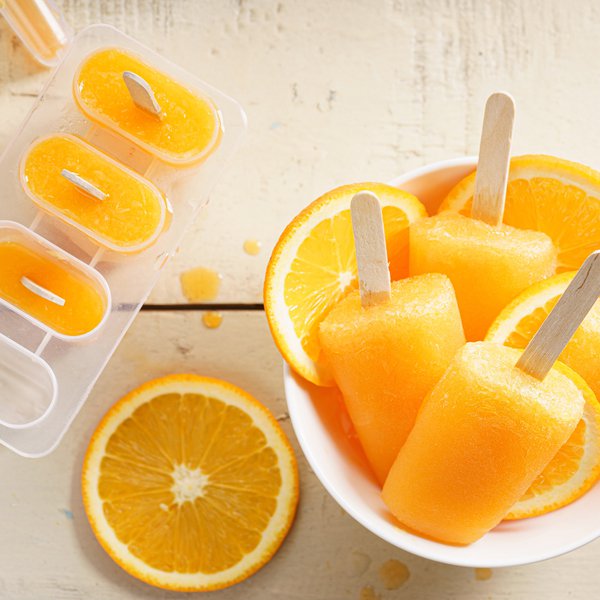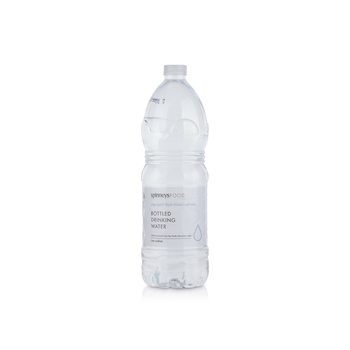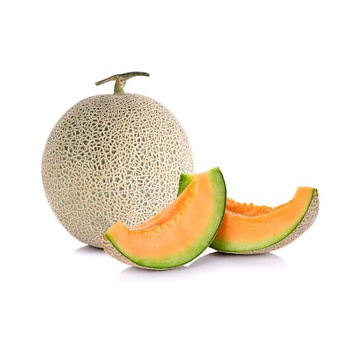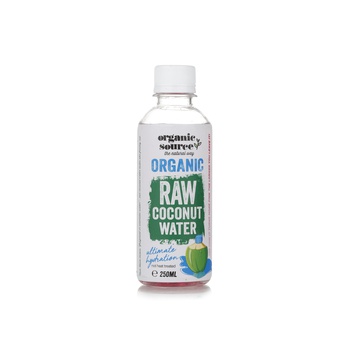As the full power of the UAE summer sun is unleashed, water bottles, sunscreen, hats and sunglasses become permanent extensions of the body. But perhaps a lesser-known issue is that of heat stroke or exhaustion. Doctors across the region recommend looking out for symptoms of both in order to avoid becoming seriously ill.
What are heat exhaustion and heat stroke?
Heat exhaustion includes symptoms like excessive thirst, headache, nausea and feeling sleepy. Heat stroke is worse, with symptoms such as a fever of 40°C or more, feeling faint, headaches, muscle pains, confusion or delirium, and even loss of consciousness.
“Out of 30 patients that I see each day, there are at least five cases of heat exhaustion or heat stress,” says Dr. Lata Balakrishna, an internal medicine specialist at Burjeel Hospital. “We saw a lot of cases after the Eid holidays.”
Heat stress is often connected to people not drinking enough water, particularly when they’re at the beach. “They choose more fizzy drinks instead,” says Dr. Balakrishna.
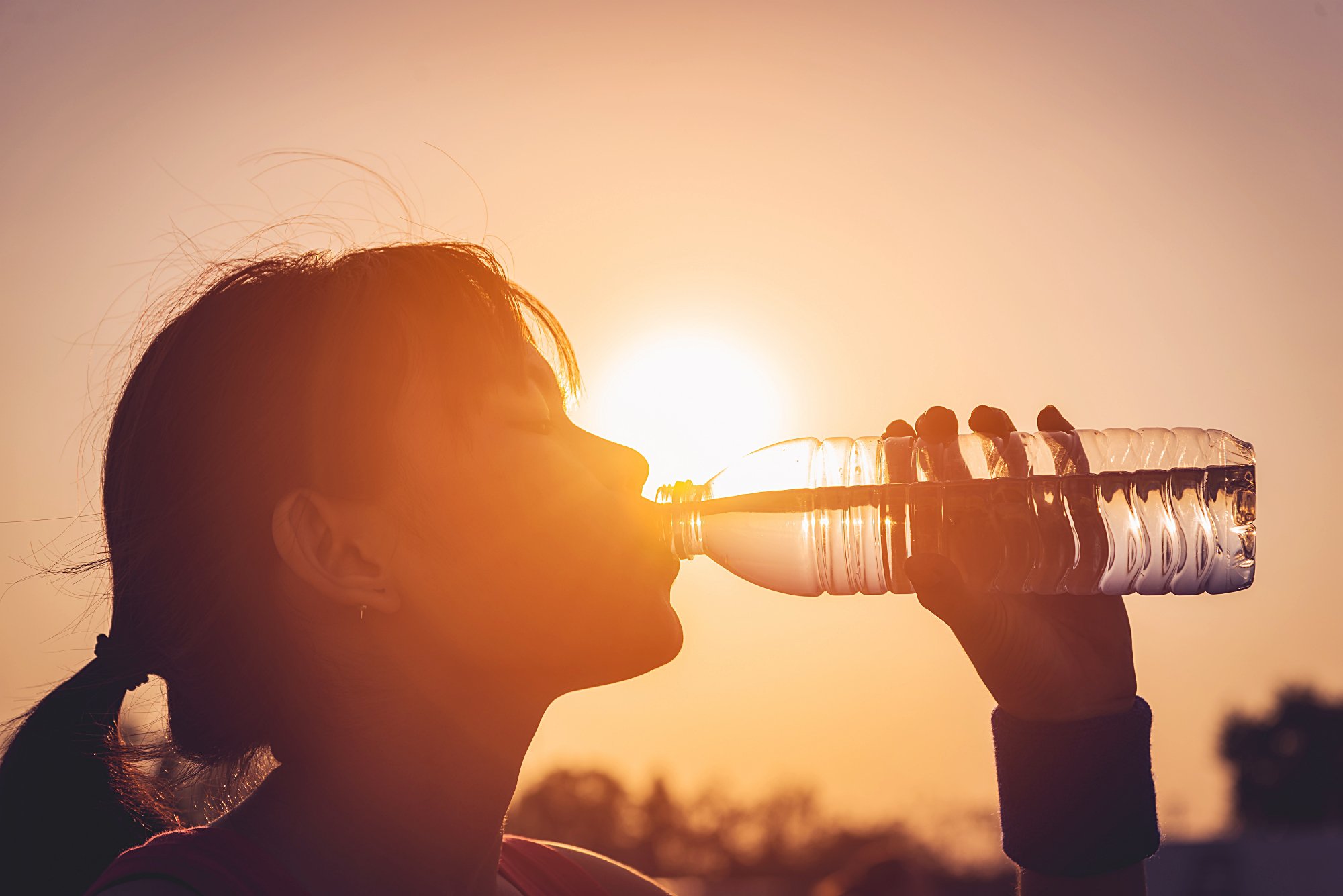
Keep cool and carry on
“The best way to prevent heat-related problems is by drinking a lot of water," says Dr Roshan John, a specialist in internal medicine at Lifeline Hospital. "It is also important to keep a close eye on children, the elderly and people with medical conditions."
He continues "If you start feeling the symptoms of heat exhaustion, take a cold shower, retreat to the shade or an air-conditioned area, drink plenty of water and remove any extra layers of clothing. If the symptoms worsen, it is important to seek medical assistance."
“Left untreated, heat exhaustion and heat stroke can lead to death,” says Dr Sandy Vieder, chairman and medical director of the emergency trauma centre at Beaumont Hospital.
While waiting for medical help to arrive, don’t give the person fluids. Instead, use cold compresses to try to lower body heat.
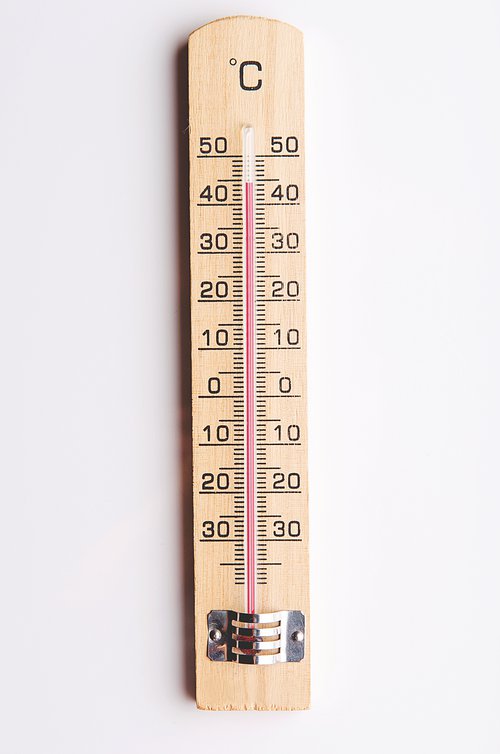
Preventing heat rashes
If you’ve ever stepped outside only to realise red, bumpy, itchy spots have appeared on your skin, take note: you might have heat rash. These annoying little bumps occur when your sweat glands become blocked and are common in hot, humid climates.
The easiest solution is to try to stay cool and prevent sweating. Stick to light cotton clothing, and exfoliate your skin regularly – but don’t use harsh chemicals, which can make your skin produce more oil.
If a heat rash does break out, apply a cold compress, recommends Dr Ikramullah Al Nasir, medical director at Dermacare Skin Centre. Try calamine to help with itching, or if it’s more severe, head to your doctor for a consultation.
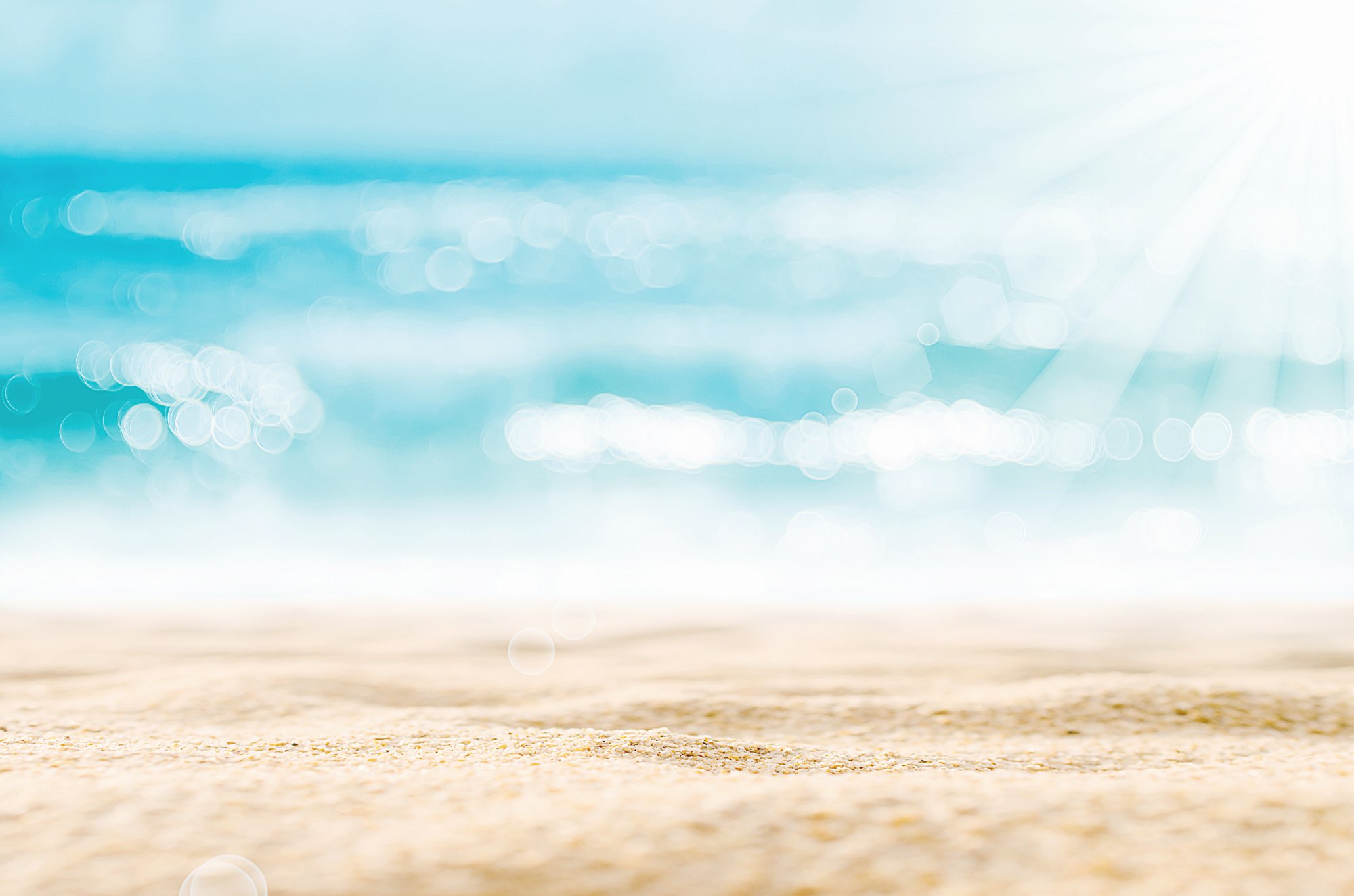
Exercising in the heat
Above all, stay hydrated. “It might sound obvious, but people just don’t know how much they should be drinking,” says Amy Fox, a UAE-based fitness trainer. “Take your body weight in kilogrammes and divide it by 30. That gives you an ideal average daily water intake in litres. Add a few extra glasses in the summer.”
When you do exercise, try to avoid the midday heat. Co-founder of Dubai’s GetFitChick, Kirsteen Thain, emphasises the need to find a shady spot for summer workouts if you can’t get access to an air-conditioned gym. “Also, ensure that you are adequately hydrated before you go, and have hydration salts on hand.”
“Between 5am and 7am is the best time to exercise outdoors,” says Dubai-based Nadine du Toit, who runs the life and fitness coaching company GloryGirl Fitness. “The benefits of early sunrises are amazing: vitamin D and energy!”
“And don’t forget to dress to sweat,” adds Fox. “You don’t need to get kitted out in the latest gear, but wear technical apparel that’s designed for the heat, like moisture-wicking fabrics.”
Finally, start small and be kind to yourself. Fox concludes: “The fitter you are, the better your body can tolerate the heat. Take breaks when you need to.”

